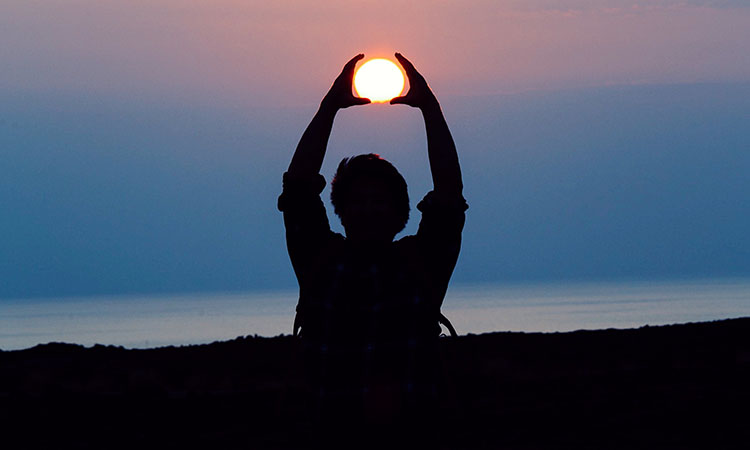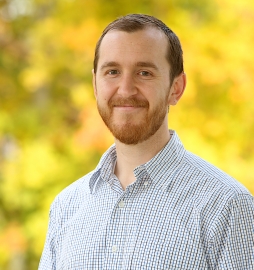An acquaintance recently told me about her experience investigating solar power for her home. A solar company told her that in order to go solar, she would have to cut down the trees that shade her house — an unfortunate trade-off. If your house is shaded, your roof is facing the wrong direction, or you’re a renter, you join the many Americans who can’t install solar power at home. What to do? Thankfully, depending on where you live and what your motivations are, there are lots of ways you can support the solar energy transition.
1. Donate to a revolving fund for solar energy
Revolving loan funds are not a new concept, but applying them to solar is. RE-volv, a nonprofit based in San Francisco, California, has pioneered a model that allows people to donate to its revolving Solar Seed Fund that finances solar projects for community-serving nonprofits and cooperatives. The idea is simple: each community saves money on its electric bill while paying back the cost of its solar array — with interest — over time. RE-volv reinvests the payments from one project into the next three or more.
2. Donate funds for a nonprofit or community center to install solar power
If a nonprofit is interested in going solar mainly to decrease its electricity costs over the long run, its best bet is to buy a system outright. Of course, nonprofits are often cash-strapped and already rely on donations from supporters for their work. Everybody Solar is a nonprofit working to help other nonprofits raise the money needed to purchase solar energy systems and save money for years to come.
3. Invest your money in solar
A very exciting development for the solar industry is the wave of organizations allowing people to invest money in solar energy projects and get it back, sometimes with a return. Groups in this space include Mosaic, SunFunder, CollectiveSun, Wiser Capital, and a few others.
4. Subscribe to a local solar project
“Solar gardens,” or shared solar projects, allow people to subscribe to a solar energy project somewhere in or near their community. The energy produced by the solar array then gets credited to subscribers’ electricity bills. The Solar Gardens Institute and Clean Energy Collective are two of the groups working in this space. In 2013, California passed a law, SB 43, that allows utility customers to sign up for shared solar projects.
5. Community Choice
In California, Illinois, Rhode Island, Ohio, New Jersey, New York, and Massachusetts, there is a policy in place called Community Choice Aggregation (CCA). Community Choice allows a city or county to set up an agency that’s in charge of buying electricity for the community. The utility still delivers the power, but through a CCA program, the community gets to pick what type of energy it wants to buy — a great way to support clean, renewable energy. The real promise of CCAs is that the revenues from the sale of electricity stay within the community and can be deployed to build local clean power, creating local jobs and cost savings for customers.
6. Start your own community solar project
In addition to all these organizations that make it easy for you to join the rooftop revolution, there’s always the option of setting up your own community solar project. University Park Solar did this in Maryland by forming a limited liability company (LLC) to allow community investors to finance a local solar project. In addition, you can do what the Mt. Pleasant Solar Cooperative did. This group of neighbors in Washington, D.C., organized a group purchase of solar equipment to get a big discount. For more resources on do-it-yourself community solar, visit Solar United Neighbors.
When it comes to climate change, we don’t have much time to switch from a fossil fuel-based society to a clean, renewable energy-powered society. In addition to fighting the dirty energy systems currently in place, we have to rapidly build the clean energy infrastructure we need, and that takes a movement. When I look at all the work going on around the country to build renewable energy in our communities, I see that movement taking shape, and it gives me great joy.
If you’re not inspired yet, check out this video of a people-powered community solar project from RE-volv:
Author’s note: I’ve made generalizations about the organizations mentioned for the sake of simplicity. To find out more about the organizations involved please visit their websites.
This article was originally published in 2014 and was updated in 2018. This article is part of a series of action-oriented guides that align with Post Carbon Institute’s Think Resilience online course. The Think Resilience course prepares participants with the systems-level knowledge needed to take meaningful actions as suggested in this and other “How to Share” guides in the series.
Header image by Jason Leung via Unsplash









